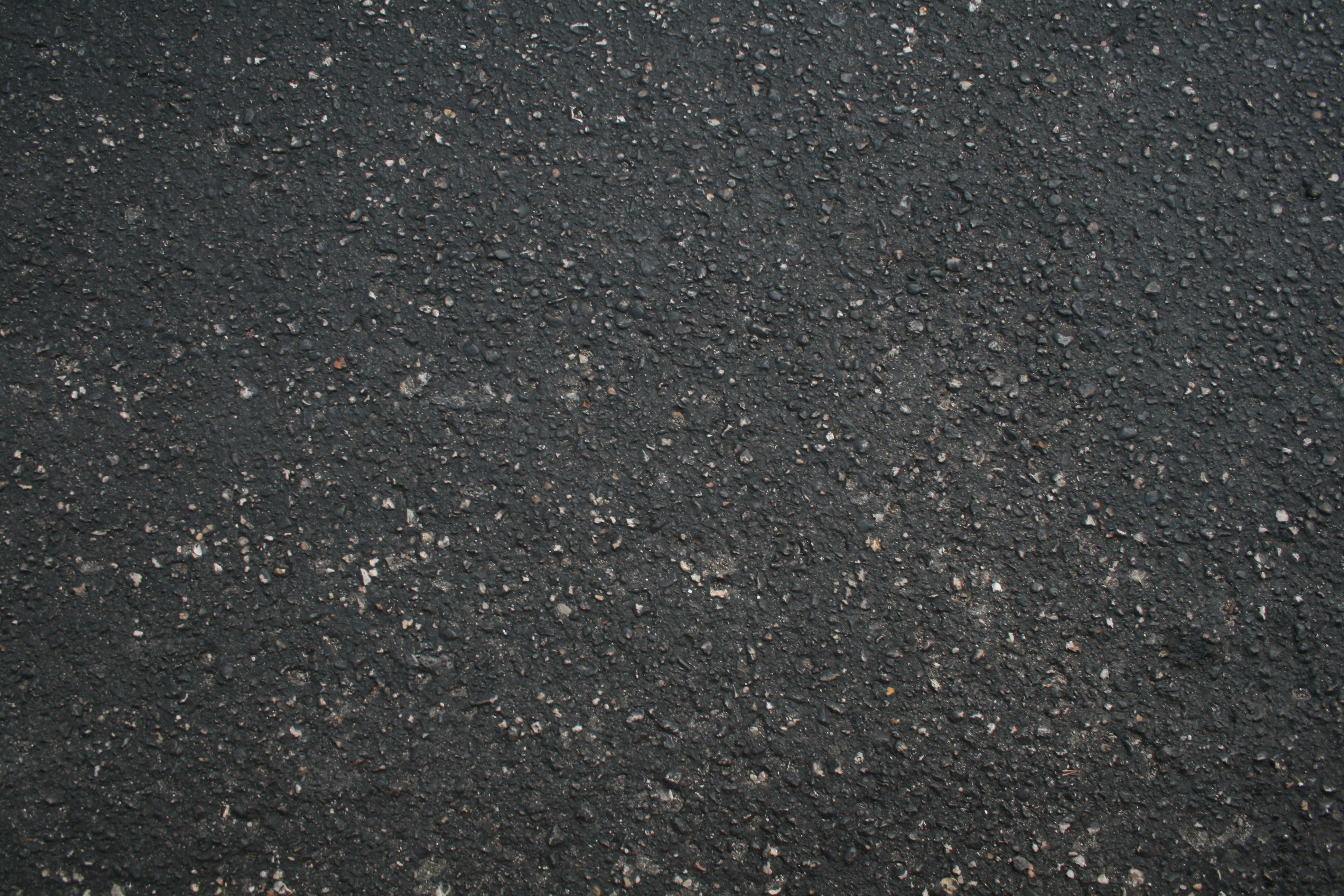
The system, known as UL 2218, established a national standard for impact resistance. property insurance industry, the Institute of Business and Home Safety, and the Underwriter's Laboratory (UL) was established to create an impact resistance classification system for roofing materials. In 1996, a partnership between members of the U.S. Also in the 1960s research into hail damage which was found to occur when hail reach a size larger than 1.5 inches (38 mm).Īsphalt Roofing Manufacturers Association (ARMA) formed the High Wind Task Force in 1990 to continue research to improve shingle wind resistance. Later generations of shingles constructed using fiberglass in place of asbestos provided acceptable durability and fireproofing. In 1960 fiberglass mat bases were introduced with limited success the lighter, more flexible fiberglass shingles proved to be more susceptible to wind damage particularly at freezing temperatures. Also in the 1950s testing on the use of 3⁄ 4-inch (19 mm) staples rather than roofing nails was carried out showing they could perform as well as nails but with six staples compared with four nails. The design standard was for the self-sealing strips of adhesive to be fully adhered after sixteen hours at 140 ☏ (60 ☌). In the 1950s self-sealing and manually applied adhesives began to be used to help prevent wind damage to shingle roofs. In 1926 the Asphalt Shingle and Research Institute with the National Bureau of Standards tested 22 types of experimental felts and found no significant differences in performance. Other organic materials used as the felt included wool, jute or manila, and wood pulp. In 1901 this material was first cut into strips for use as one-tab and multi-tab shingles.Īll shingles were organic at first with the base material, called felt, being primarily cotton rag until the 1920s when cotton rag became more expensive and alternative materials were used. Types of granules tested have included mica, oyster shells, slate, dolomite, fly-ash, silica and clay. In 1897 slate granules were added to the surface to make the material more durable. The forerunner of these shingles was first developed in 1893 and called asphalt prepared roofing which was similar to asphalt roll roofing without the surface granules.

National Board of Fire Underwriters campaign to eliminate the use of wood shingles on roofs was a contributing factor in the growth in popularity of asphalt shingles during the 1920s. They were first used in 1903, in general use in parts of America by 1911 and by 1939 11 million squares of shingles were being produced.

Asphalt shingles are an American invention by Henry Reynolds of Grand Rapids, Michigan.


 0 kommentar(er)
0 kommentar(er)
